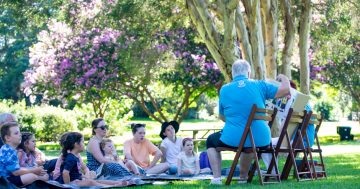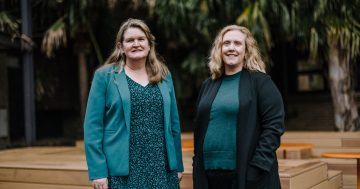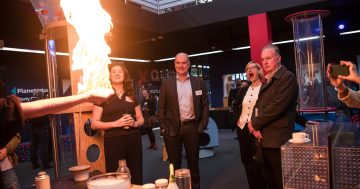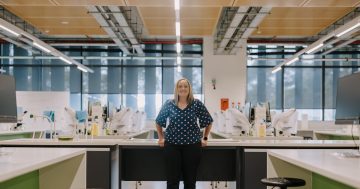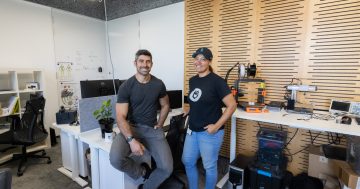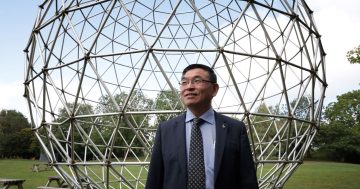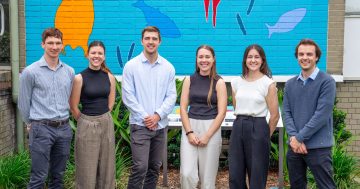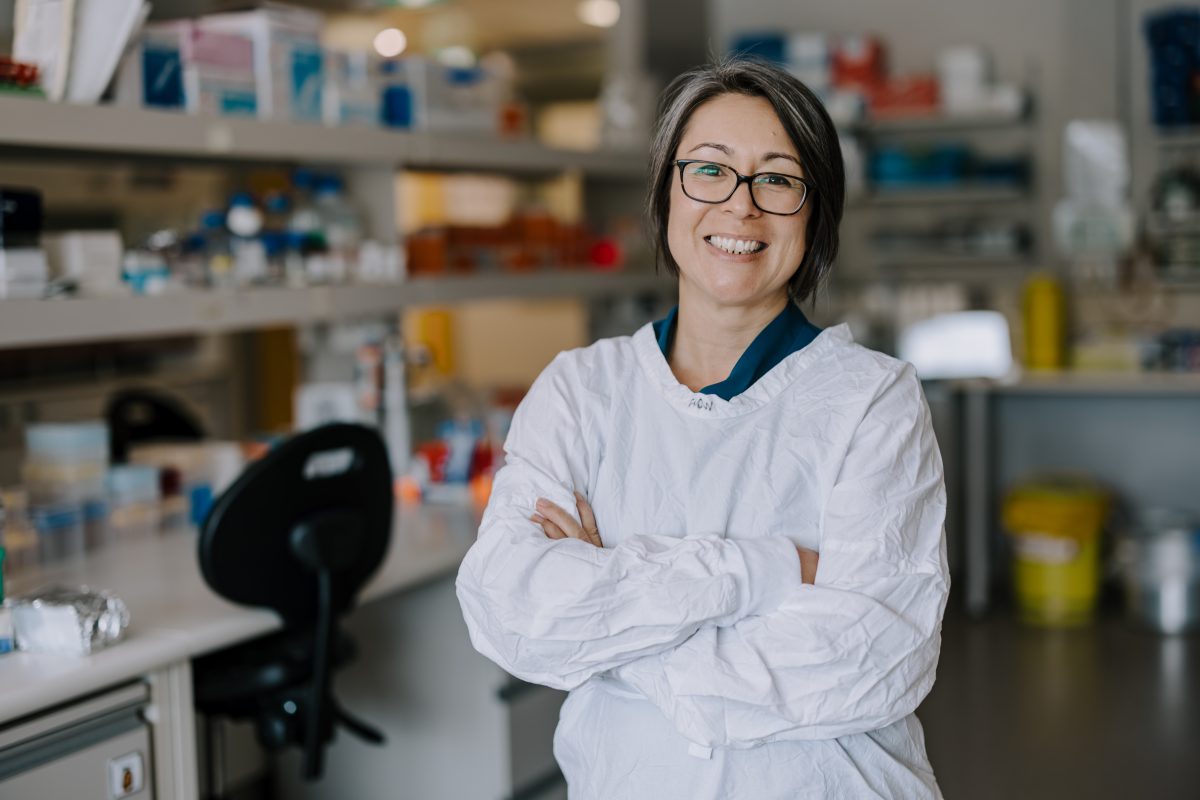
Professor Lezanne Ooi from the University of Wollongong says quantum science is already very much part of everyday life. Photo: UOW.
To the average Joe, quantum science might sound like science fiction — but Wollongong is about to find out it’s more fact than fantasy.
This November, the city will host qLIFE 2025, the inaugural International Conference on Quantum Technologies and the Life Sciences, where some of the world’s brightest minds will gather to discuss how the invisible forces shaping our universe are also shaping our health, environment and future.
Hosted by the ARC Centre of Excellence for Quantum Biotechnology (QUBIC), the event will bring experts from Google, IBM, Stanford and Imperial College London to the Novotel Wollongong.
It’s part of the International Year of Quantum — and for locals, it’s a front-row seat to the next big leap in science.
Professor Lezanne Ooi from the University of Wollongong, a neuroscientist working at the intersection of quantum tech and health, says most people have no idea how much quantum is already in their lives.
“People would be quite surprised by how much quantum science is already in daily life, but also, what possibilities exist for the future,” she says.
Take MRI machines — the same ones doctors use to peek inside your knee or brain. They work thanks to quantum principles that let us see inside soft tissue without a single incision.
“Those machines revolutionised medical imaging,” Lezanne says. “And experts think quantum principles will continue to advance medical imaging far beyond anything we’re doing at the moment.”
That might sound like something out of Quantum Leap (minus the 80s hair), but it’s all very real. Quantum sensing — which detects weak signals like magnetic fields — are being developed for technologies like magnetoencephalography which, aside from being a mouthful, measures the brain’s magnetic activity in real time.
“That could have major implications for, say, a football player who risks long-term damage from multiple head traumas, or for people with epilepsy,” Lezanne says. “It could allow us to measure signals in the brain and understand exactly which part a seizure starts in.”
At its heart, qLIFE is about making the strange world of quantum tangible — not just to scientists, but to everyone.
That’s why an upcoming free public lecture at UOW’s Science Space, designed for the quantum curious, will see Stanford’s Professor Jennifer Dionne and Imperial College’s Professor Sir Peter Knight break down how quantum tech is revolutionising everything from ocean monitoring to medical diagnostics.
“Both speakers are very used to explaining complex topics to the general public,” Lezanne says.
Quantum may deal with particles too tiny to see, but its impact is massive.
Global investment has already topped $55 billion, with life sciences poised to reap hundreds of billions more through breakthroughs in drug discovery, brain research and sustainability. And as the world’s first national centre dedicated to quantum biotechnology, QUBIC is making sure Wollongong plays a starring role in that future.
The Quantum Technologies for Life & Health public lecture takes place Tuesday 18 November from 6 to 8 pm at UOW Science Space, and is free to attend.








